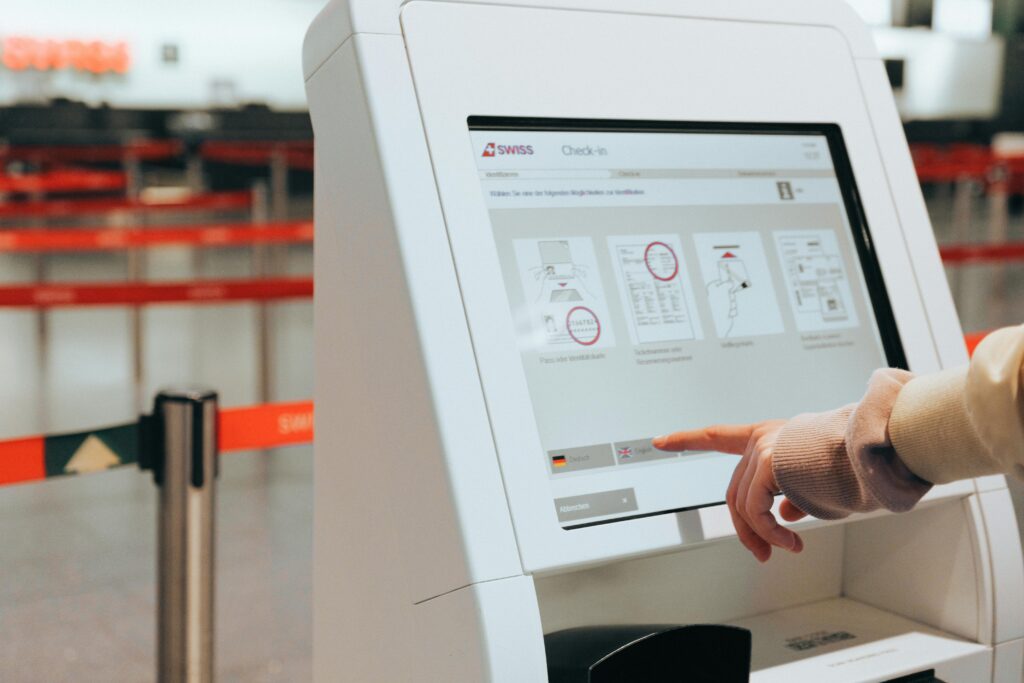Ever since touchscreens were introduced in the industry, researchers and manufacturers are constantly revolutionising this technology to make it functional in any environment. The waterproof touchscreen is one of those innovations. However, as a broad spectrum, it should rather be regarded as water-resistant than waterproof. Because the latter one exactly suggests that the touch interface would remain operational underwater for longer.
On the other hand, waterproof touchscreens, typically, refer to the sealing of the sensor face and protecting it from dust, dirt and moisture. But an ideal seal doesn’t promise the touch display will work underwater.
Vendors usually present PCAP touchscreens as waterproof. Though you can dip a PCAP touchscreen integrated device in water like a smartphone, take it out and continue to use it. But you cannot operate the touch interface underwater. So the concept is misleading, especially, when there is an option available on the market that is literally a waterproof touchscreen.
The ULTRA resistive touchscreen from A D Metro is the only touch sensor on the market that can be operated underwater indefinitely. Unlike a standard resistive touchscreen, ULTRA is designed with a waterproof external glass layer, making it immune to water exposure and moisture. ULTRA’s PET/Glass switch layer leaves no room for moistures to migrate through it. Hence, it is growing as a popular choice in the industry day by day.
However, the PCAP range in touchscreens is still a good choice for some outdoor and industrial locations. Given its glass on glass construction and the right ingress protection (IP) rating for enclosure compatibility, it guarantees a definite level of protection from water and wet conditions while creating the waterproof touchscreen for an application.
The PCAP touchscreen operation also depends on different types of water deposits.
Mist:
This is just a thin layer of water on the touchscreen, not enough to couple channels causing false touch. Thus it has hardly any impact on sensitivity and linearity.
Frost:
It is a frozen film of moisture that creates a uniform conductive layer and capable enough to short all the channels, in the X and Y grid together.
Droplets:
It all depends on what size of the droplet is present on the screen. A droplet less than 4mm, is unlikely to couple any channels to cause a false touch or an erratic operation. In case, the droplets join together to make a puddle, the PCAP touchscreen won’t be able to work well.
Sheeting:
This is the condition of enough water or any other liquid on the surface of the screen, covering the surface of the sensor or a good portion of it. PCAP touchscreen exposed to sheet water is not going to work at all.
So now, when the difference between water-resistant and waterproof touchscreens is clear, you can find the perfect choice as per your specific needs. For an accurate waterproof touch screen performance, nothing can beat A D Metro’s ULTRA resistive touchscreens. For multi-touch needs, you can opt for A D Metro’s 2-touch resistive controller paired with the ULTRA resistive sensor or PCAP touchscreens for multi-touch operation requirements. A D Metro also offers a complete line of PCAP products bundled with a patented group controller, making it an unparalleled choice for its water rejection and wet tracking capability.



